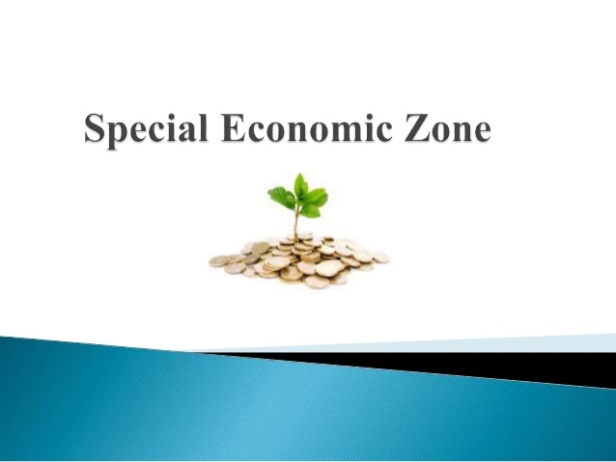
SEZs take many forms, as Farole and Akinci (2011:1-3) note, from a fenced industrial estate populated by MNCs to one of the industrial megacities that dot the Chinese coast line, or one of the several ports around the world that provide access to numerous trade and logistical services. Nevertheless, they define them broadly as distinct areas within a sovereign nation where business regulations are different than in the rest of the country, usually resulting in a highly liberal regulatory and administrative environment in terms of taxation, trade, customs, and investment for the businesses stationed there.
There are also benefits for host states. Haussmann and Klinger (n.d.) note that the mission of an SEZ is too provide a method for a country to develop its industrial base on a small scale that would not be possible nationwide. This allows for a gradual expansion to the wider economy. Zeng (2015:2) notes two types of benefits from this: static, such as increased employment, growth in exports, increased revenues and FDI, and dynamic: technology transfer and innovation, labour skills upgrade, increased diversity and productivity of domestic industries. He notes the policy objectives of the host government are normally: attracting FDI, lower unemployment, support wider economic reform, and a laboratory for new economic policies. They also help industrial development by bringing public services to a certain region, make limited government funding more efficient, attract clusters of certain industry types and help urban development. The popularity of SEZs, he concludes, is demonstrated by their growth globally: from 176 in 47 countries in 1986 to 4300 in 130 countries by 2015.
SEZs promoters also recognise that they are not a guarantee of rapid industrialisation for numerous reasons. For instance, a report from the World Bank (2012:4) recognises some of their deficiencies noting that there has been rent transfer and a lack of domestic development in terms of economy, society and labour. Adding that some economist see the zones as second choice for development.
References:
Farole, T. & Akinci, G. (2011). Special economic zones: progress, emerging challenges, and future directions. Washington, DC: World Bank.
Hausmann, R. & Klinger, B. (n.d.). Structural transformation and special economic zones. [Online]. Available from: http://siteresources.worldbank.org/INTRANETTRADE/Resources/Internal-Training/287823-1229467556379/5686527-1272924815630/7032639-1276722967587/Hausmann_Klinger_June16.pdf.
World Bank (2012). Unlocking Central America’s export potential: Infrastructure for unlocking exports: SEZs, innovation and quality systems. 75070. Vol. 4. [Online]. Washington, DC: The World Bank. Available from: https://openknowledge.worldbank.org/handle/10986/27318
Zeng, Z. (2015). Global experiences with special economic zones: With a focus on China and Africa. [Online]. 26 June 2015. The World Bank. Available from: http://documents.worldbank.org/curated/en/341851467997277688/Global-experiences-with-special-economic-zones-with-a-focus-on-China-and-Africa.
Part II: Special Economic Zones’ crimes and harms.